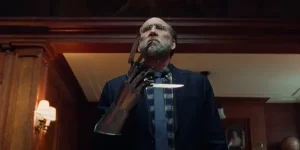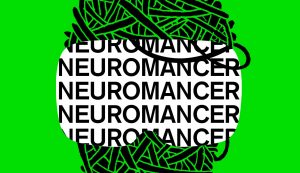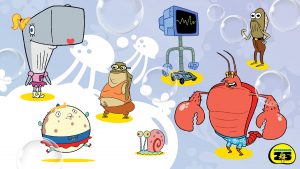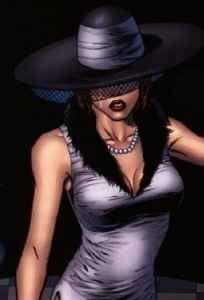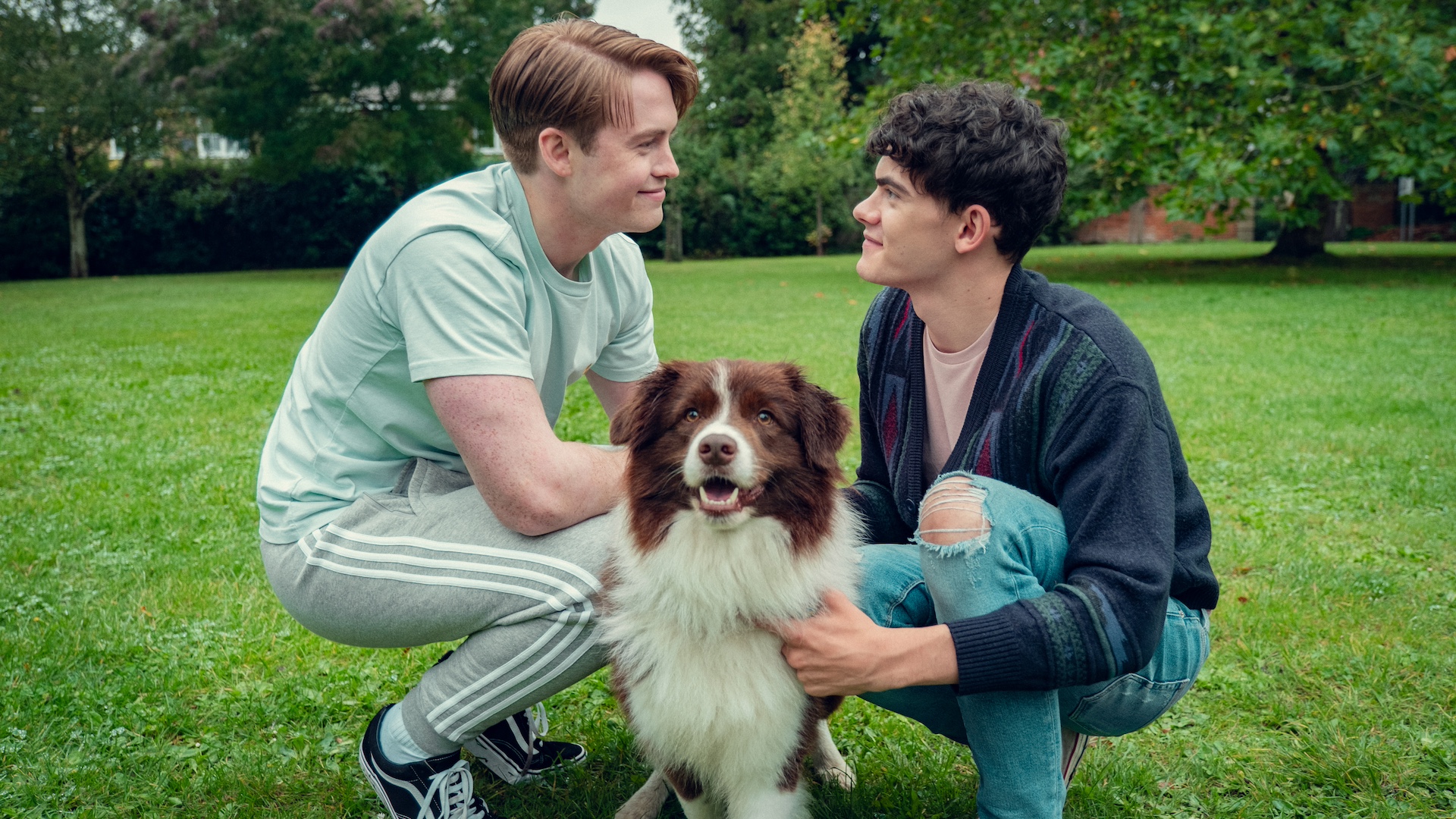
This article contains spoilers for Heartsopper season 3 through episode 4.
The biggest downside of the binge-watching era on Netflix is the extinction of single-episode significance. One episode blends into the next as the popcorn falls between the couch cushions and bathroom breaks are the only reasons to hit the pause button. Fans of the world’s most popular streaming service adore the ability to turn their favorite shows into gigantic movies, but more traditional TV diehards sometimes wish they could go back to a time when an episode was a piece of art to be savored.
Premiering on October 3, Heartstopper season 3 is like every other Netflix show in that it was released in one fell swoop. Fans of the LGBTQ+ comfort drama most likely settled in for a night in front of the small screen to watch the best season of the series yet, and a binge of the eight episodes would only take a little over four hours. Even those who didn’t stop or break up their viewing experience are sure to think back on the best episode of the season, though. Set smack dab in the middle of everything, “Journey” symbolizes that Heartstopper has elevated into peak TV. It’s one of the best TV episodes of the year and a pure heater in terms of packing immaculate character details into only 34 minutes of screen time.
The first three episodes of the season do a fantastic job leading up to this culminating crowning achievement for Heartstopper. Charlie’s (Joe Locke) eating disorder was touched upon in season 2 and expanded upon throughout the first half of season 3. Everyone in the troubled teen’s life starts to detect an ominous cloud hanging over the high schooler, but nobody takes it harder than his boyfriend, Nick (Kit Connor). The lovebirds’ relationship has been mostly cotton candy, rainbows, and sprinkled cake for two seasons, but those who have read Alice Osman’s source material were preparing themselves for the gradual road of mental health hell that Charlie would soon detour to.
As Charlie tries to come to terms with his interpersonal nightmare, Nick’s own psyche suffers as he puts the weight of his boyfriend’s world on his shoulders. It’s an unfair ask for a 16-year-old to be his partner’s only lifeline in a time of crisis, something that Nick’s aunt makes sure to tell him at the end of the second episode. The unconscionable guilt and suffering that Nick undergoes forces him to mature and forgo his hobbies and joy until Charlie is healed.
“Journey” shows each person’s perspective of the same time period in their lives as Charlie enters a rehabilitation clinic and Nick copes with letting someone else take care of his favorite person. It’s a remarkable sequence of events that starts with Nick’s POV. He’s surrounded by Charlie’s friends, who have now become his besties, as they try to go on with their lives while Charlie is lingering in their minds incessantly in the background.
A Halloween bash sees Nick break down in agony in the hallway of the house party, contrasting with Heartstopper’s usual sense of happy-go-lucky. The characters have faced problems before, but the cocoon of hope that envelopes their lives juxtaposes the stereotypical trauma that rains down on other LGBTQ+ characters across queer television. There’s a sense of unnatural bliss that’s often candy coating the story, and the sugar rush runs out 10 minutes into this episode. Nick is trapped by his boyfriend’s excruciation.
Charlie’s life inside of rehab mirrors Nick’s sense of dread, but in a much different way. He’s become almost numb to his issues, and the mental health professionals behind closed doors must teach him to unlock himself and let the doubt in. People always say that those who need help must first admit their struggles, and seeing Charlie face his demons parallels the show’s initiation into puberty. Heartstopper is real now. The cartoon fireworks that explode on the screen during a first kiss or the butterflies that float around characters’ stomachs while talking to a crush have been replaced with dizzying grays and cloudy earth tones. The color has left these teens’ lives, but they can find the light if they fight back.
The only moment that both characters share and we therefore see in both timelines is a poignant phone call between the boys near the end of Charlie’s stay in the ward. Nick checks up on Charlie, but we can’t see the latter’s somber reactions to Nick’s questions. We’re left wondering if he’s truly okay. Hearing a voice can’t replicate seeing a face. Six hundred seconds later we see the same talk from Charlie’s line, and it calms us. Heartstopper is back. The rainbow is peering through the clouds, but the show can never go back.
“Journey” not only experiments with advanced storytelling techniques hardly seen in adolescent television, but it silences the doubters who don’t believe this series can be simultaneously euphoric and logical. Nick and Charlie have gone through a gamut of emotional abuse inflicted by the human experience. They had to, though. It makes the happiness mean more for the rest of the season. They get to go back to the usual: Developing a sex life. Going to college campus visits. Entering a band. Experiencing the last of their teen years with a smile. Because of the discomfort of “Journey”, Heartstopper season 3 emerges from the enclosure and soars through the sky with a fresh set of wings!
All eight episodes of Heartstopper season 3 are available to stream on Netflix now.
The post Heartstopper Season 3’s “Journey” Is One of the Best TV Episodes of the Year appeared first on Den of Geek.
